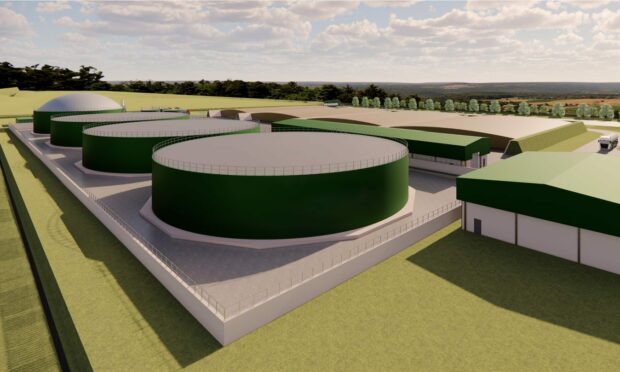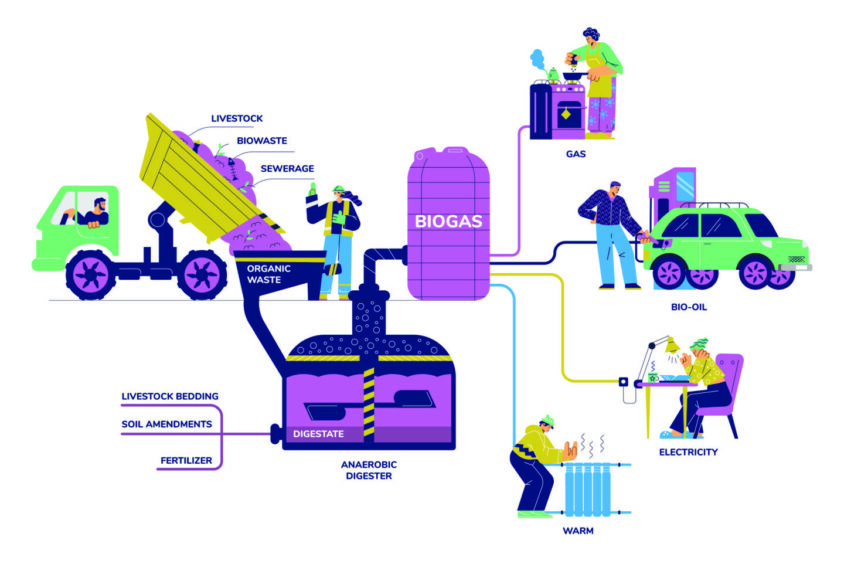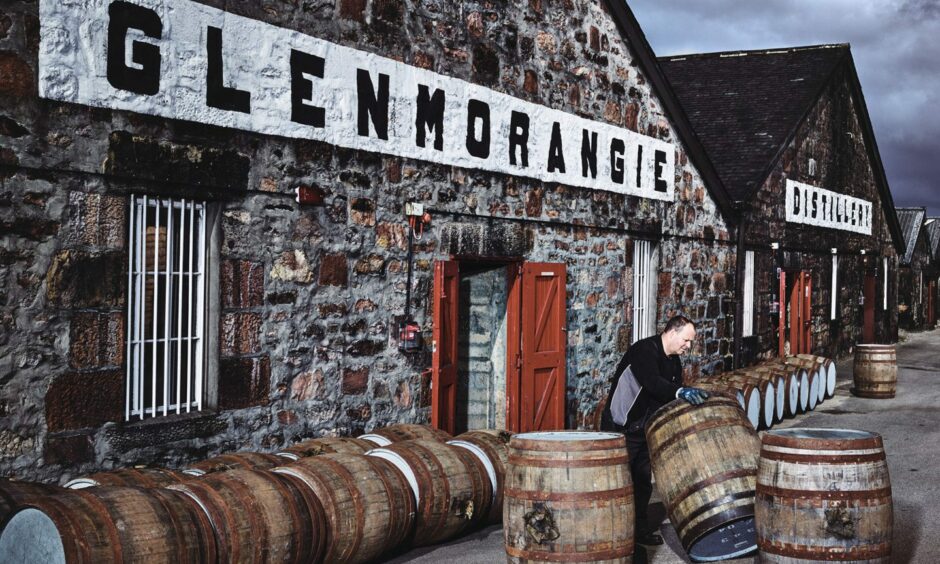A company striving to produce clean, green biogas using crops as well as by-products from local farms and distilleries has unveiled plans for a £55 million investment in the Highlands.
Acorn Bioenergy is seeking planning consent from Highland Council for an anaerobic digestion plant on an 18.5-acre site at Fearn airfield, near Balintore, in Easter Ross.
The £25m facility, which Acorn hopes will be operational by 2024, is expected to create 15 full-time jobs and around 100 during its construction.
We have identified areas in Scotland where agriculture and distilleries are a significant part of the landscape, and would like to work with farmers and distillers to offer an alternative source of secure income, with longevity, in return for feedstock.”
Natalie Dillon, business development manager, Acorn Bioenergy.
London-based Acorn has also submitted a planning application for a gas injection point near Morayston, by Inverness.
In addition, the firm wants to build anaerobic digestion plants in Moray and Aberdeenshire as part of a total investment of about £105m in Scotland over the next two years.
The company already has accreditation to inject about 176,600 cubic feet of biomethane into Scotland’s gas grid to heat homes, power heavy goods vehicles and help meet the pressing need for greater UK energy security.
‘Exciting stage’
Acorn business development manager Natalie Dillon said: “This is an exciting stage for our planned projects in the Highlands.
“We are looking forward to working closely with the local communities and Highland Council as we continue to develop them.
“There is a pressing need for greater UK energy security and a rapidly increasing demand for greener fuel for the transition to net-zero.”
She added: “Anaerobic digestion is a tried-and-tested, centuries old technology that can produce clean, green energy to heat homes and power HGVs.
“We have identified areas in Scotland where agriculture and distilleries are a significant part of the landscape, and would like to work with farmers and distillers to offer an alternative source of secure income, with longevity, in return for feedstock.”
Firm says Easter Ross plant would help council’s sustainability goals
Ms Dillon said that as well as helping decarbonise important sectors such as agriculture and the whisky industry, Acorn’s plans for the north could make a “significant” contribution to Highland Council’s target of a carbon-neutral Inverness in a low-carbon region by 2025.
Subject to planning approval, the Fearn airfield plant will offer local farmers a new, long-term source of income.
It will need reliable supplies of raw materials such as energy crops, silages, straw and waste, as well as draff and pot ale from local distilleries, to feed its five digestion tanks.
As a by-product of the gas production process, the facility would produce digestate fertiliser for use on farms as a greener alternative to traditional fossil fuel-based products.
Biomethane produced on the site would also be available as an alternative, green gas fuel supply to distilleries to help them achieve net-zero targets in their heating processes.
West Coast laird to accelerate whisky-powered biofuel
In exchange for their by-products, Acorn plans to work with local distilleries on sustainability initiatives – helping them to decarbonise operations and achieve a “circular economy solution” to their high energy demands.
Carbon dioxide will also be produced and captured, with potential uses in a variety of sectors, including food and drink, emerging hydrogen technologies and the sustainable aviation market.
Traffic impact expected to be minimal
Acorn said its studies had found that, once operational, the Fearn Airfield site would likely add just 10% to traffic movements on access routes to the site.
The new facility would not use food, or domestic waste or animal by-products, and generate only “minimal odour” and low levels of background noise, the firm added.
Acorn intends to hold a series of local consultation events to encourage engagement with residents and communities close to the proposed plant as part of the planning process.



Conversation